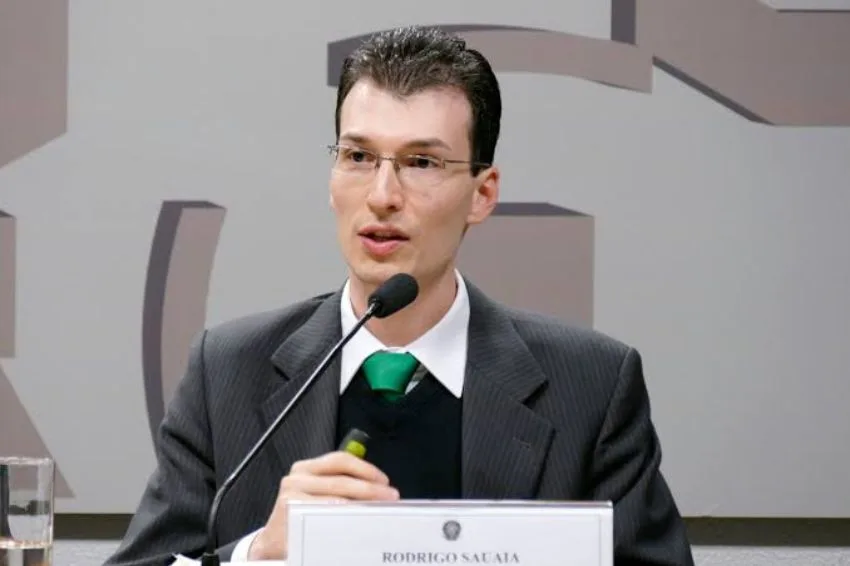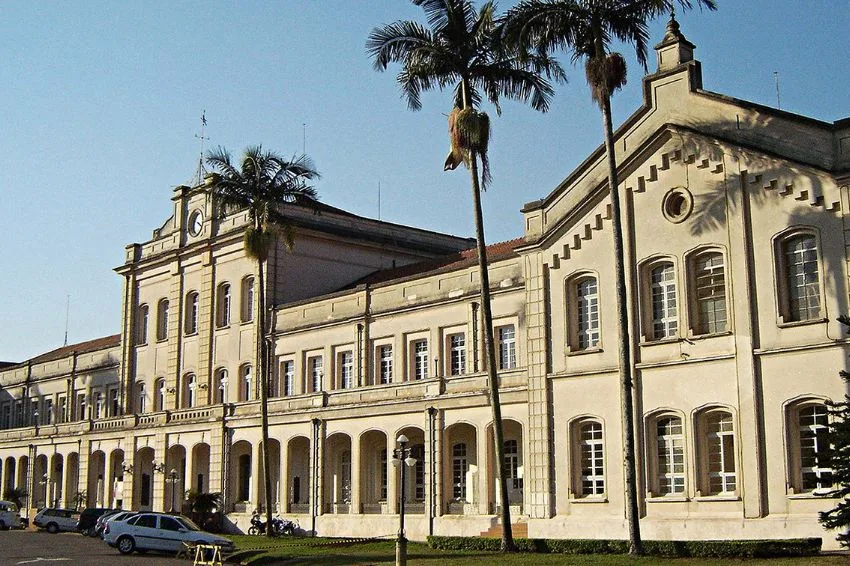The Minister of Mines and Energy announced a new nuclear plant in Brazil by 2031 as an alternative for generating energy without emission of polluting gases. But the project generates debates about new investments in cleaner energy, such as solar photovoltaics.
This plant could become the fourth nuclear plant in Brazil, which already has Angra 1, Angra 2 and Angra 3 – which is under construction and should be delivered within six years.
“In addition to the completion of Angra 3, in 2026 or 2027, the plan includes a new nuclear plant in Brazil. To this end, the Ministry of Mines and Energy, EPE (Energy Research Company) and Cepel (Electric Energy Research Center) have already started complementary studies for new nuclear sites in Brazil”, said Minister Bento de Albuquerque, on video, at the opening of the annual meeting of Abdan (Brazilian Association for Nuclear Activities).
Albuquerque had already determined the inclusion of another 8 to 10 GW of nuclear energy in the National Energy Plan 2050 (PNE 2050), but the 30-year deadline caused apprehension among sector agents. “The PNE 2050 is an indicator, but, for investors, 50 years is too long a period. The PDE 2031 is a plan for the work to be carried out, it is an order from the government for it to happen”, said the president of Abdan, Celso Cunha.
The government is studying the possibilities of regions for installing the new plant. Among the likely locations is the city of Itacuruba (PE), indicated by Eletronuclear, in 2011, as the best place for the purpose. This is because of the low population density and the proximity of the São Francisco River, whose waters would be used to cool the reactors.
Luiz Piauhylino Filho, CEO of Sunlution and specialist in floating solar energy generation, questions the project and its possible location. “I think we should explore the potential of renewable energy in the Northeast instead of installing a nuclear plant in Pernambuco, which will require more water from the São Francisco River.”
According to Piauhylino, there are other alternatives. “Using just 1% from the Sobradinho reservoir, we can install 3 GWp of floating solar generation. And if we use 10% from all CHESF (Companhia Hidrética do São Francisco) hydroelectric reservoirs, we can install 54 GW of floating solar generation.
José Wanderley Marangon, PhD in Electrical Engineering from UFRJ and former member of the group that developed the New Brazilian Electrical Model at the MME (Ministry of Mines and Energy), also remembers the other adversities surrounding nuclear production.
“The problem is that nuclear energy brings the inconvenience of atomic waste. In other words, you have a lot of nuclear energy there, which is the cost of storing this waste. Apart from the fear that hangs over insecurity with the risk of contamination”.
At the same time, however, Marangon declares that the current climate crisis situation imposes costly decisions. “At the speed at which we want an energy transition to end coal and fossil fuels, we have to have nuclear energy, or we are going to have problems.” He explains that, even if renewable energy sources are better, they will not be enough to meet the planet's entire energy demand.
The engineer cites the urgency of the transition exposed by COP26, which foresees serious environmental and social consequences if the planet's temperature rises above 1.5ºC by 2100. “We are at a crossroads, but if we want to reach 2100 with this limit, we cannot do without this energy”, ponders Marangon.

















One Response
This bet on yet another Nuclear Fission Plant is the most backward and dangerous thing. Brazil should develop studies and academic and technological partnerships to develop Nuclear Fusion Plants that are much cleaner and less dangerous. The English have a very advanced project. https://www.tecmundo.com.br/ciencia/207724-reino-unido-construir-1-usina-fusao-nuclear-mundo.htm